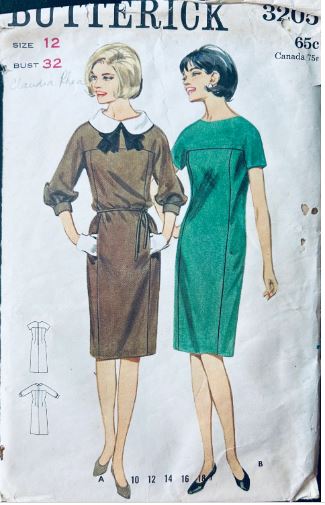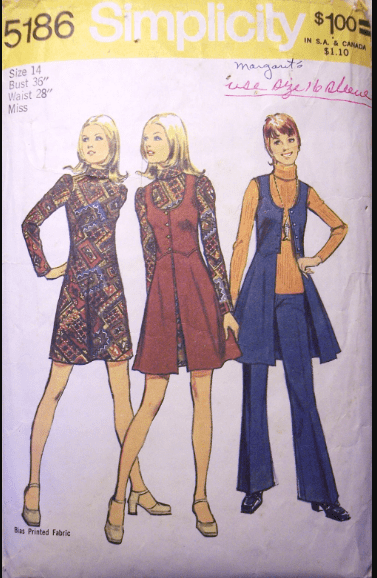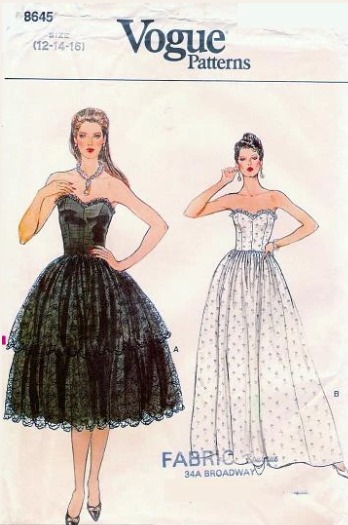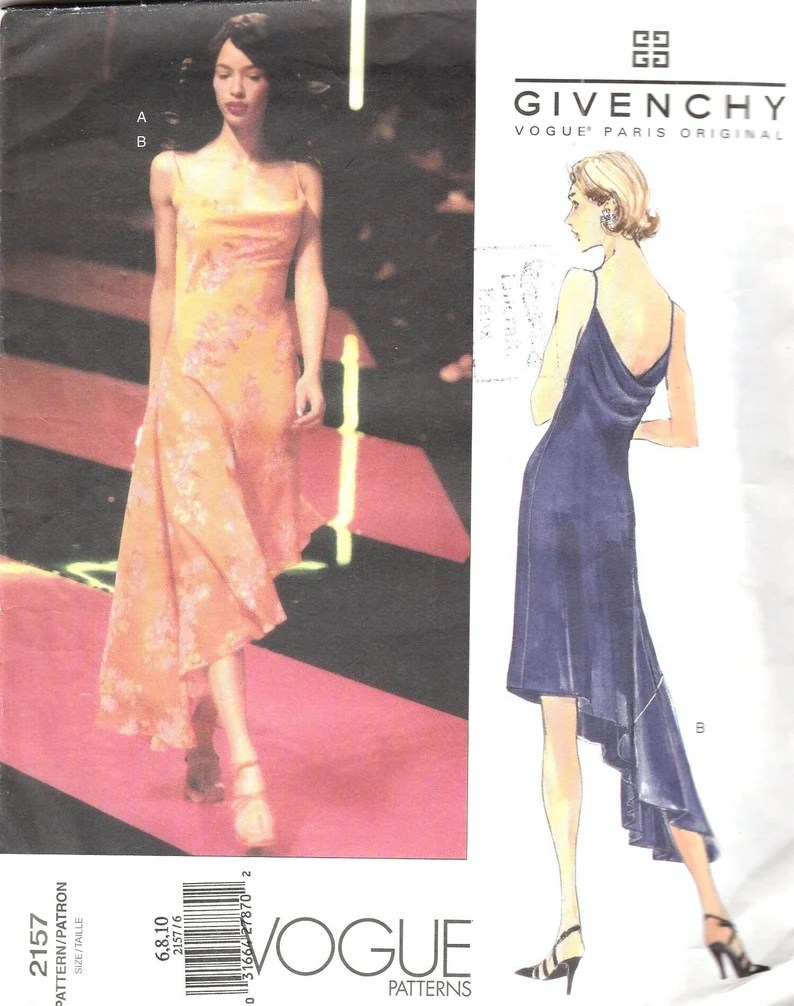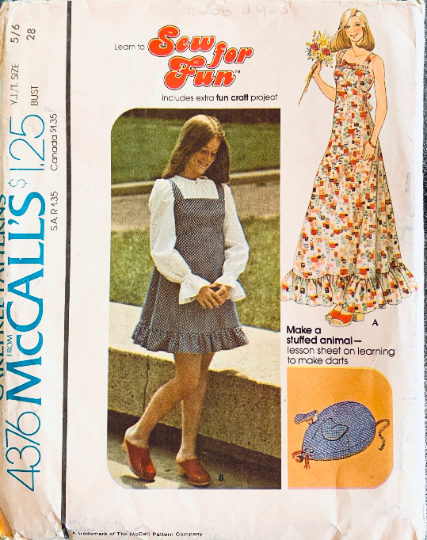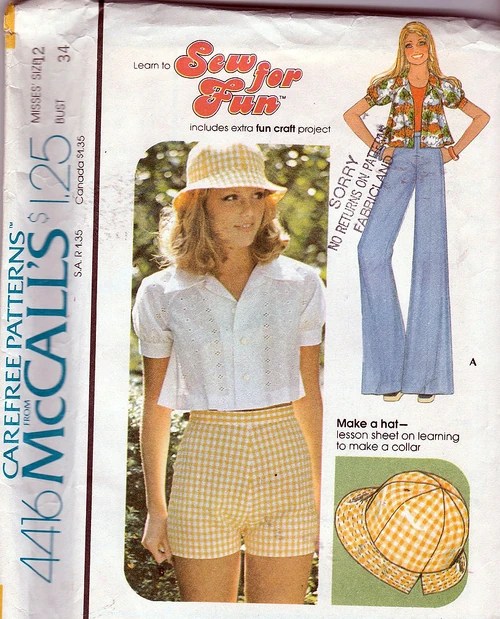I was listing this super cute pattern in the shop this morning and saw that it touts “the new narrow shoulder look,” so of course I had to investigate. This pattern is from 1971. Simplicity must have been on the cutting edge of fashion at that point, because I find no references to the narrow shoulder look in newspapers of that year, nor of 1970. I do, however, see references in 1972.
Papers of that time defined the narrow shoulder look at having a shorter shoulder area as well as a higher sleeve head. It was also the fashion for mens’ jackets, with one article saying that this had been the fashion for men in the early 1950s as well. It’s not often in those days that you saw a collision of mens’ and womens’ fashion, unlike today with all of our unisex clothing.
Here are a couple of other examples of the narrow shoulder look. The combination of the short shoulder and the high sleeve head make the arms look longer, for a very flattering look.
Love the tailoring on the first one. It is super feminine and whittles the waist. The second one, 5186, is also called “the Navajo Look,” for reasons I will have to investigate.
Since the original pattern, 9446, is from 1971 and other two are in the 5000’s and 1972, I think the first one was likely an original pattern of the narrow shoulder style. I can see some of the Romeo & Juliet influence of the early 70s here, following the 1968 film by Franco Zeffirelli. The sleeves aren’t in true Juliet style like some patterns of the era, but they are definitely quite full — not unlike coming out of the leg o mutton sleeves of the 1890s and into the 1900s. Fashion echoes history as it changes.
I know that a lot of people take issue with puff type sleeves, and I don’t think I’d wear them now as I have gotten fluffier in my old age, but I used to love them back in the day. This style would not only elongate the arms but it would (obviously) narrow the shoulders — a big plus for someone with linebacker shoulders like me!
I’d make this in the shorter length. What do you think?



